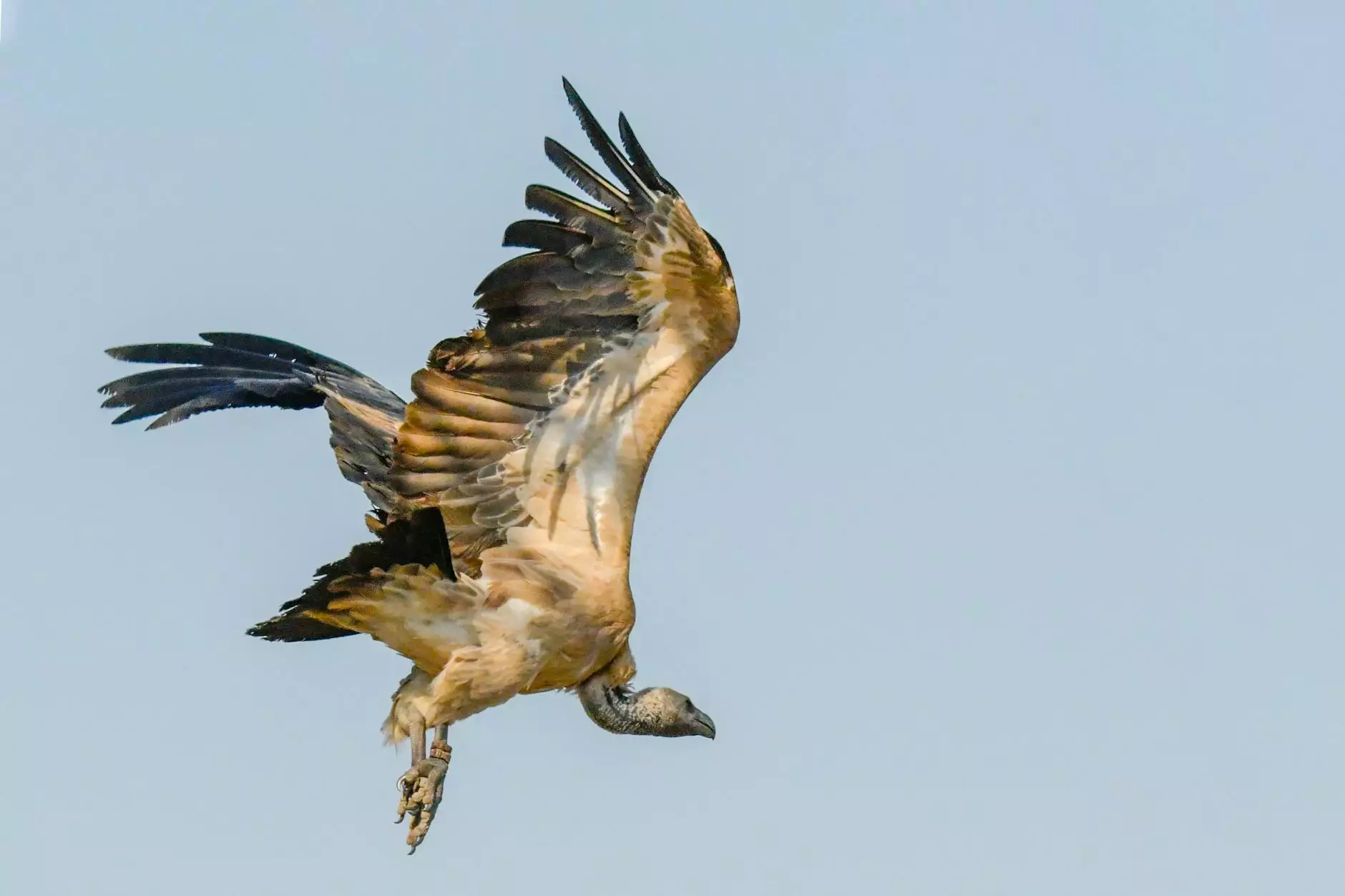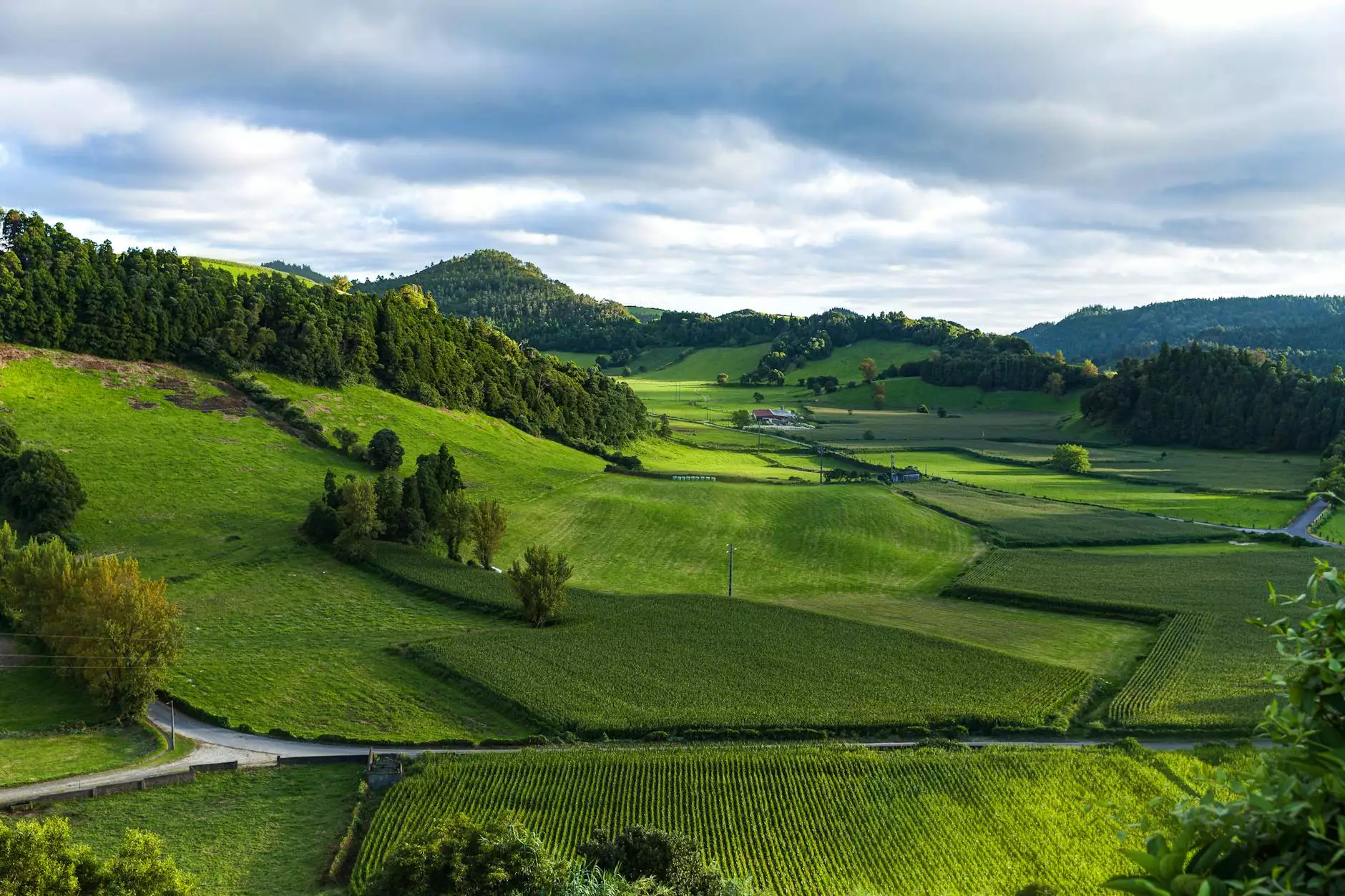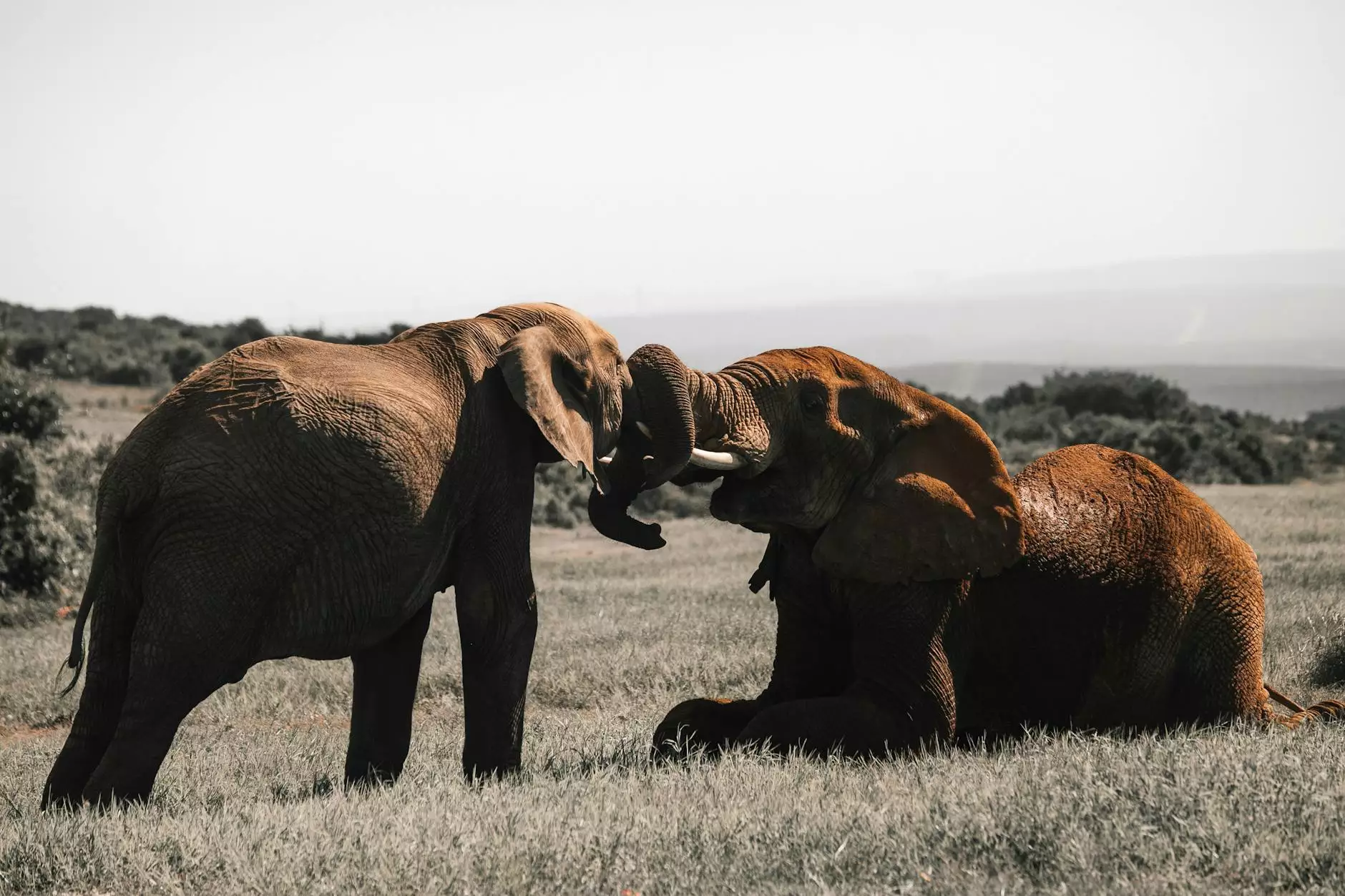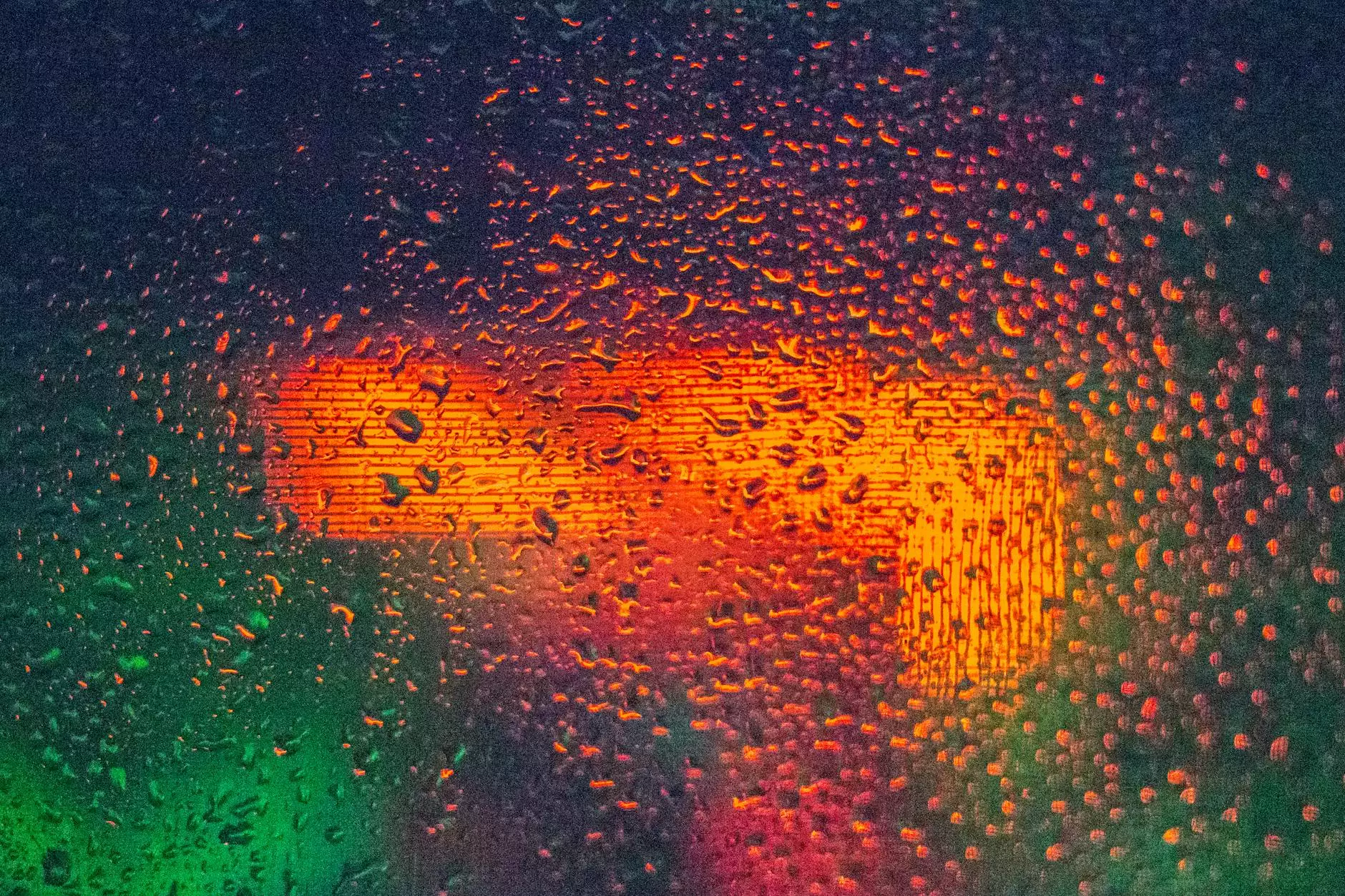Ferruginous Hawk
Hobbies
Introduction
Welcome to Marjorie Cowley's website, where we bring you closer to the captivating world of Ferruginous Hawks. In this comprehensive guide, you will discover everything you need to know about these magnificent raptors.
About Ferruginous Hawks
Ferruginous Hawks, scientifically known as Buteo regalis, are a species of large, majestic birds of prey. They are primarily found in North America, particularly across the Great Plains, but their range extends into parts of Canada and Mexico as well.
Physical Description
These hawks are known for their impressive size, with males typically measuring around 20-26 inches in length and weighing between 2 and 4 pounds. Females are even larger, reaching lengths of up to 26-31 inches and weighing between 3 and 5 pounds.
One of the most notable features of the Ferruginous Hawk is its plumage. Their name "ferruginous" refers to the rusty coloration often found on their feathers, especially on their legs and bellies. This unique coloration sets them apart from other hawk species and makes them a remarkable sight to behold.
Habitat and Behavior
Ferruginous Hawks inhabit a variety of environments, such as grasslands, prairies, and open desert regions. They build nests on cliffs, treetops, or even on the ground. These hawks are territorial and fiercely defend their nesting sites.
When it comes to their hunting techniques, Ferruginous Hawks primarily rely on their exceptional eyesight to spot prey from high above in the sky. Their diet consists mainly of small mammals, such as ground squirrels, rabbits, and prairie dogs, but they also consume reptiles, birds, and insects.
Conservation Status
The conservation of Ferruginous Hawks is crucial to maintaining the ecological balance of their habitats. While they are not currently listed as endangered, they face various threats that require our attention and conservation efforts.
One of the significant challenges for Ferruginous Hawks is habitat loss. As grasslands and open areas are converted for agriculture and urban development, their nesting and foraging territories diminish. Encroachment by human activities can disrupt their life cycle and ultimately impact their populations.
Another threat these birds face is the use of rodenticides. Secondary poisoning can occur when Ferruginous Hawks consume prey that has ingested rodenticides, leading to harmful effects on their health and reproductive success.
In order to conserve Ferruginous Hawks, initiatives such as habitat protection, promoting responsible pesticide use, and public awareness about the importance of these majestic birds are essential. By supporting organizations dedicated to their conservation, we can ensure a brighter future for Ferruginous Hawks and the ecosystems they inhabit.
Conclusion
The Ferruginous Hawk is an awe-inspiring bird species that captivates bird enthusiasts and nature lovers alike. Through this guide, Marjorie Cowley has aimed to provide you with valuable insights into their world, including their physical attributes, habitat preferences, hunting behavior, and conservation status.
By spreading knowledge and awareness, we can contribute to the preservation of these remarkable birds and ensure that future generations have the opportunity to witness the beauty and grace of Ferruginous Hawks in their natural habitats.










